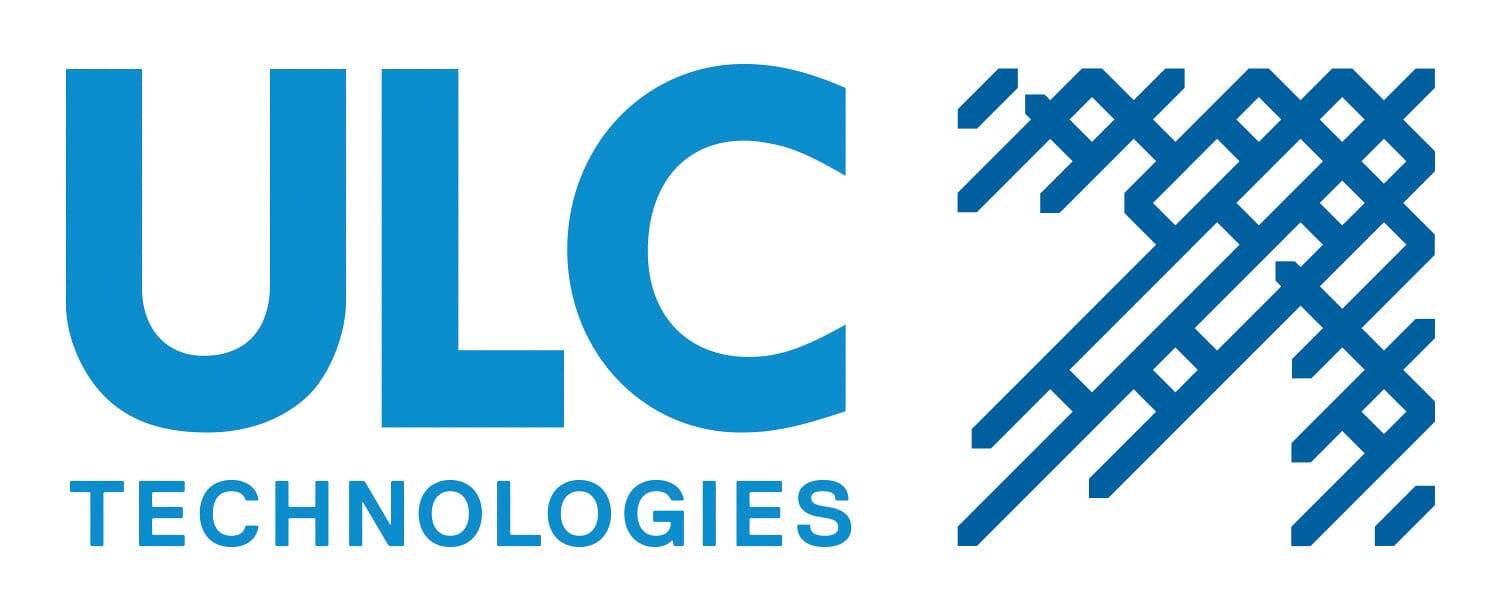This is the Sponsored paywall logged out

Robots are touted as a critical part of automation for the power sector, but how successful have they been, and what does the future hold?
When it comes to the use of robots in power, there’s a feeling more could have been achieved than has been to date.
“We’re a bit underwhelmed with what robots have actually delivered,” explains Stewart Reid, head of future networks at SSEN Distribution. He says there’s a big difference between doing robots as a kind of sideline activity and deploying them to good effect in the field. “We have to ask ourselves, ‘is this just a wee hobby’? Or is it actually going to have a scalable, deployable option in the end?”
Engineers at networks need robots that have genuine benefits when it comes to maintenance and other activities, says Reid. Robots should create “significant” safety improvements. Or they should carry out activities that are impossible for people to do (an example is crawling along a live gas mains to repair it). “Can the technology actually give new answers to old problems?”
There are examples of this out there. UK Power Networks programme manager Luca Grella highlights Spot the robotic dog, which is sent into tunnels to get detailed network footage to assess asset conditions, as showing what can be achieved. (Spot has the potential to reduce the time of maintenance inspections where staff work in confined spaces, by up to 50%. It’s estimated the project could initially save £162,000 per year, rising to £324,000 per year by 2028.)
With live examples of robots already helping maintenance teams at UKPN, Grella says they will have an important role to play in the future of power networks. “The future of automation for power is very important. The number one priority is increased safety and improved inspection of assets to extend asset life. And in terms of reliability – how can we make sure power is more reliable than ever.”
UKPN is currently running 50 projects that contain an element of robotics, automation and AI. These include a smart transformer that has the capability to autonomously regulate feeders’ voltage and optimise network performance while creating extra capacity to connect more low carbon technologies. “The sky is really the limit,” says Grella. But echoing Reid’s point he asks, “how do we embed this technology in a practical way?”
SSEN Transmission is also already trialling robots for monitoring of HVDC assets in confined spaces – a hazardous environment for people, explains Mini Nambiar, innovation project manager. “The question for us is, ‘is automation hope or horror?’” she says. “There is so much power in automation if we implement it right.”
And Reid agrees that the future may hold many more examples of successful automation projects in power beyond the use of line-of-sight drones for inspection (which have been a notable success at SSEN Distribution).
“We’re mesmerised by the limitless potential robotics does show,” he explains.
Want to know more? You can hear more from all these speakers by signing up for our recent webinar with ULC Technologies, available on demand here.

Please login or Register to leave a comment.